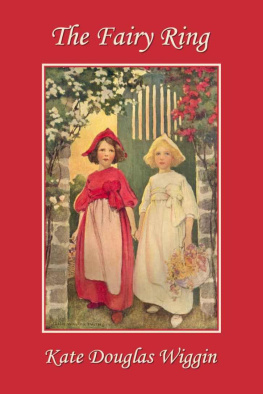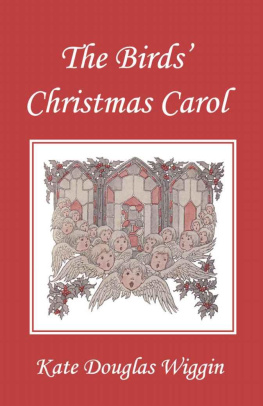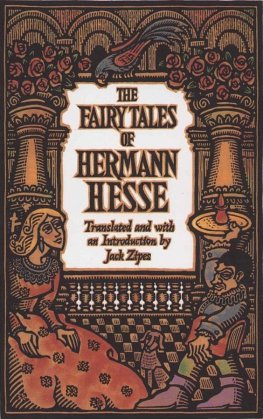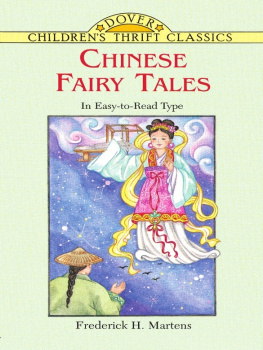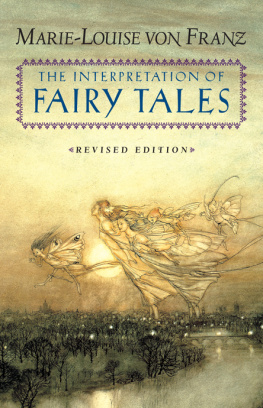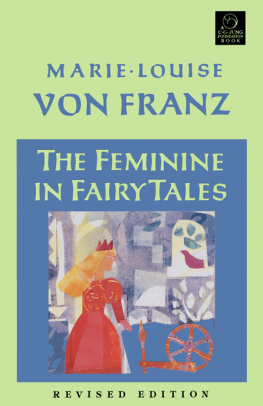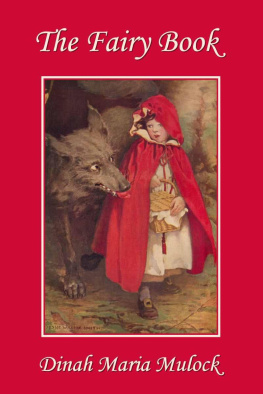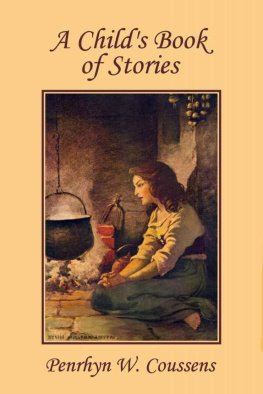The Fairy Ring
by
Kate Douglas Wiggin & Nora Archibald Smith
Yesterday's Classics
Chapel Hill, North Carolina
Cover and Arrangement 2010 Yesterday's Classics, LLC
All rights reserved. No part of this book may be reproduced or retransmitted in any form or by any means without the written permission of the publisher.
This edition, first published in 2010 by Yesterday's Classics, an imprint of Yesterday's Classics, LLC, is an unabridged republication of the work originally published by Doubleday, Page and Company in 1911. This title is available in a print edition (ISBN 978-1-59915-298-1).
Yesterday's Classics, LLC
PO Box 3418
Chapel Hill, NC 27515
Yesterday's Classics
Yesterday's Classics republishes classic books for children from the golden age of children's literature, the era from 1880 to 1920. Many of our titles are offered in high-quality paperback editions, with text cast in modern easy-to-read type for today's readers. The illustrations from the original volumes are included except in those few cases where the quality of the original images is too low to make their reproduction feasible. Unless specified otherwise, color illustrations in the original volumes are rendered in black and white in our print editions.
Throned on a grassy knoll, I watch
The elfin host come trooping by,
And hear the whir of fairy wings,
The goblin voices, shrill and high.
Behind them glides a magic train
Of Kings and Princes, armor-clad,
And serving as their squires bold
Boots, Ashiepattle, Cinderlad.
With silken rustle, flash of gem,
Queen and Czaritsa sweep along,
While red-capped Troll and rainbow Sprite
Peep out amid the enchanted throng.
Ting-ling, ting-ling, how sweet the ring,
Like golden bells, of fairy laughter:
Rap-tap, rap-tap, how sharp the clap
Of fairy footfalls following after!
Where witch-grass grows and fern-seed lies,
A Fairy Ring is dimly seen;
And there a glitt'ring host is met
To dance upon the moonlit green.
Riquet, the Tufted, lightly turns
The Fair One with the Golden Hair:
And Prince Desire and Mignonette
Form yet another graceful pair.
Tall as a tower stands Galifron;
The Desert Fay, with snakes bedight,
First pirouettes with him and then
With wee Tom Thumb, King Arthur's Knight,
Ting-ling, ting-ling, how sweet the ring,
Like golden bells, of fairy laughter:
Rap-tap, rap-tap, how sharp the clap
Of fairy footfalls following after!
Sweet, unseen harpers harp and sing,
Faint elfin horns the air repeat;
Rapunzel shakes her shining braids,
The White Cat trips with velvet feet.
Rose-red, Snow-white, the faithful Bear,
Cross hands with gallant Percinet;
While Tattercoats, in turn, salutes
Yvon, the Fearless, and Finette.
But hark! the cock begins to crow;
The darkness turns to day, and, look!
The fairy dancers whirl within
The crimson covers of this book!
N ORA A RCHIBALD S MITH
Introduction
"T HERE was once upon a time a king who had a garden; in that garden was an apple tree, and on that apple tree grew a golden apple every year."
These stories are the golden apples that grew on the tree in the king's garden; grew and grew and grew as the golden years went by; and being apples of gold they could never wither nor shrink nor change, so that they are as beautiful and precious for you to pluck to-day as when first they ripened long, long ago.
Perhaps you do not care for the sort of golden apples that grew in the king's garden; perhaps you prefer plain russets or green pippins? Well, these are not to be despised, for they also are wholesome food for growing boys and girls; but unless you can taste the flavor and feel the magic that lies in the golden apples of the king's garden you will lose one of the joys of youth.
No one can help respecting apples (or stories) that gleam as brightly to-day as they did hundreds and thousands of years ago, when first the tiny blossoms ripened into precious fruit.
"Should you ask me whence these stories,
Whence these legends and traditions
With the odors of the forest,
With the dew and damp of meadows?"
I can say only that the people were telling fairy tales in Egypt, in Joseph's time, more than three thousand years ago; and that grand old Homer told them in the famous "Odyssey," with its witches and giants, its cap of darkness, and shoes of swift ness. Old nurses and village crones have repeated them by the fireside and in the chimney corner; shepherds and cowherds have recounted them by the brookside, until the children of the world have all learned them by heart, bequeathing them, generation after generation, as a priceless legacy to their own children. Nor must you fancy that they have been told in your own tongue only. Long, long before the art of printing was known, men and women of all nations recited these and similar tales to one another, never thinking that the day would come when they would be regarded as the peculiar property of youth and childhood. There is not a country in Europe, Asia, Africa, Australia, or the islands of the sea where fairy stories of one sort or another have not been current since the dawn of speech; and to make this Fairy Ring of sixty-odd tales the editors have read and sifted as many hundreds. You will miss Cinderella, Red Riding Hood, Jack and the Beanstalk, Toads and Diamonds, Puss in Boots, Bluebeard, Beauty and the Beast, and other favorites, but these have been omitted because they can be easily found in half a dozen volumes already on your shelves, and we preferred to give you in their stead stories less well known and hackneyed.
The so-called Household Tales, such as Drakesbill, The Little Good Mouse, and The Grateful Cobra go back to the times when men thought of animals as their friends and brothers, and in the fireside stories of that period the central figures were often wise and powerful beasts, beasts that had language, assumed human form, and protected as well as served mankind. Frogs, fishes, birds, wolves, cobras, cats, one and all win our sympathy, admiration, and respect as we read of their deeds of prowess, their sagacious counsel, their superhuman power of overcoming obstacles and rescuing from danger or death the golden-haired princess, the unhappy queen mother, or the intrepid but unfortunate prince.
The giants and ogres and witches in the fairy stories need not greatly affright even the youngest readers. For the most part they overreach themselves in ill-doing and are quite at the mercy (as they properly should be) of the brave and virtuous knight or the clever little princess.
If you chance to be an elder brother or sister it may surprise and distress you to find that all the grace, courage, wit, and beauty, as well as most of the good fortune, are vested in the youngest member of the household. The fairy-tale family has customs of its own when it comes to the distribution of vices and virtues, and the elder sons and daughters are likely to be haughty, selfish, and cruel, while the younger ones are as enchantingly beautiful as they are marvelously amiable. The malevolent stepmother still further complicates the domestic situation, and she is so wicked and malicious that if it were not for the dear and delightful one in your own household, or the equally lovable one next door, you might think stepmothers worse than ogres or witches. I cannot account for this prejudice, except that perhaps the ideal of mother love and mother goodness has always been so high in the world that the slightest deviation from it has been held up to scorn. As for the superhuman youngest son and daughter, perhaps they are used only to show us that the least and humblest things and persons are capable of becoming the mightiest and most powerful.

